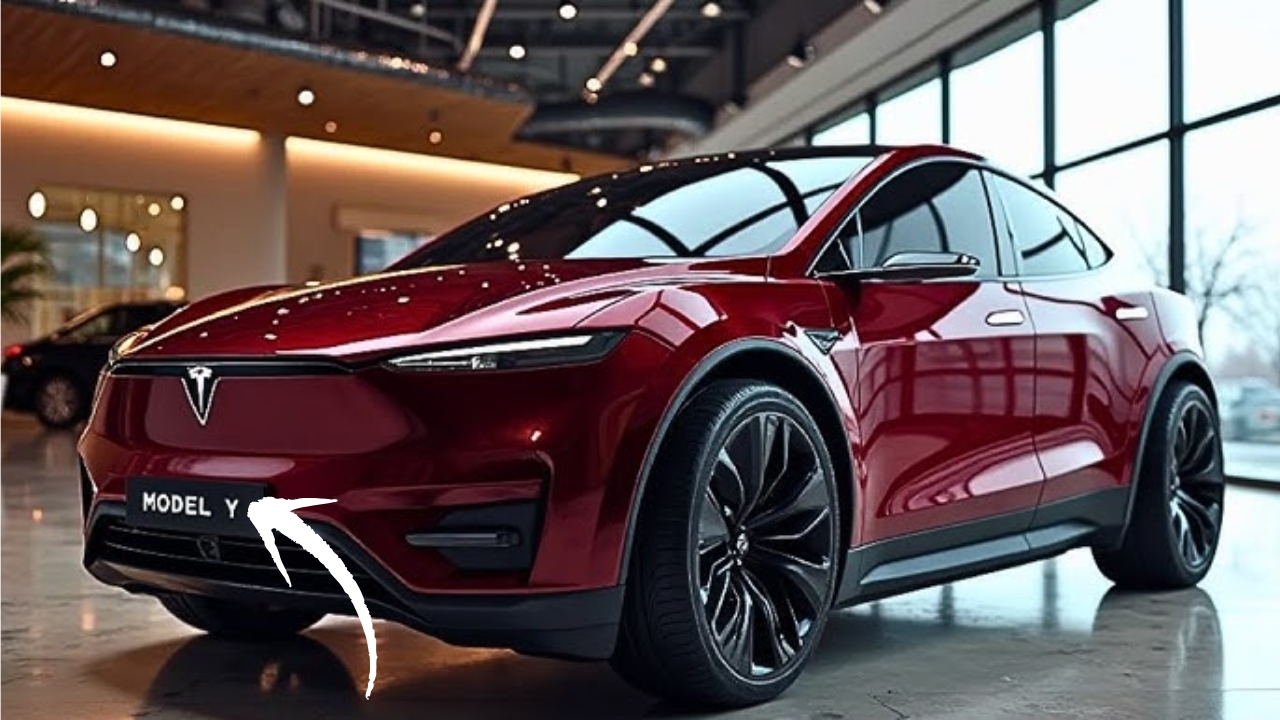Tesla just made a decision that could change everything about when you’ll actually get that fully autonomous vehicle you’ve been waiting for. The company is shutting down its Dojo supercomputer project – the very technology that CEO Elon Musk promised would be the key to making self-driving cars a reality for everyone.
What Was Dojo and Why Should You Care?
Think of Dojo as Tesla’s attempt to build the world’s smartest computer brain specifically designed to teach cars how to drive themselves. This wasn’t just any computer – it was supposed to process massive amounts of video data from Tesla vehicles to help them understand real-world driving scenarios better than any human ever could.
Peter Bannon, who led the Dojo team, is leaving Tesla entirely. The remaining team members are being moved to other projects within the company. This represents a major shift in Tesla’s strategy for achieving full self-driving capabilities.

The Human Impact: What This Really Means
For Tesla owners and potential buyers, this news raises important questions about the timeline for autonomous driving features. You might be wondering if that Full Self-Driving package you purchased will actually deliver on its promises, or if you’ll be waiting even longer for your car to truly drive itself.
The $500 Billion Dream That Didn’t Pan Out
Morgan Stanley analysts previously estimated that Dojo could add $500 billion to Tesla’s market value. That’s not just numbers on a financial report – it represented the potential for:
- Cheaper ride-sharing services through robotaxis
- Safer roads with fewer human-error accidents
- More accessible transportation for elderly and disabled individuals
- Reduced traffic congestion in cities
| Dojo Project Timeline | Key Events |
|---|---|
| 2019 | Musk first mentions Dojo concept |
| 2021 | Official Dojo announcement at AI Day |
| 2023 | Morgan Stanley predicts $500B value add |
| 2024 | Talk about Dojo quietly stops |
| August 2025 | Dojo team officially disbanded |
Why Tesla Changed Course
The Talent Exodus
About 20 key workers left Tesla recently to start their own company called DensityAI. These weren’t just any employees – they were the brains behind Dojo’s development. When the people who understand the technology best decide to leave and compete against their former employer, it sends a clear signal about the project’s future prospects.
External Partnerships Over In-House Development
Instead of building everything themselves, Tesla is now partnering with established tech giants:
- Nvidia for graphics processing units
- AMD for additional computing power
- Samsung for chip manufacturing (with a massive $16.5 billion deal)
This shift suggests Tesla realized that building supercomputer technology from scratch might be too complex, expensive, or time-consuming when proven alternatives already exist.
What’s Next: The Cortex Alternative
Tesla hasn’t given up on AI training entirely. The company is now focusing on something called Cortex – described as a “giant new AI training supercluster” being built at Tesla’s headquarters in Austin, Texas.
How This Affects Your Tesla Experience
If you own a Tesla or are considering buying one, here’s what you can expect:
Current Tesla owners will likely see continued improvements to Autopilot and Full Self-Driving features, but these updates will rely more heavily on external technology partners rather than Tesla’s proprietary Dojo system.
Future buyers should understand that Tesla’s path to full autonomy now depends more on collaboration with other tech companies rather than revolutionary in-house breakthroughs.
The Bigger Picture: AI Competition and Consumer Choice
This decision comes at a time when Musk is juggling multiple AI ventures, including his separate company xAI. Tesla’s board recently approved a $29 billion compensation package for Musk, partly to ensure he stays focused on Tesla’s AI ambitions rather than getting distracted by his other projects.
What Competitors Are Doing
While Tesla steps back from proprietary supercomputer development, other companies are advancing their autonomous driving technologies:
- Waymo continues expanding its robotaxi services
- Cruise is rebuilding after recent setbacks
- Traditional automakers are partnering with tech companies for AI solutions
Real-World Implications for Consumers
Safety Considerations
The Dojo shutdown doesn’t mean Tesla vehicles will become less safe. However, it does mean the company is taking a different approach to improving autonomous driving capabilities. Instead of training AI models on their own supercomputer, they’ll rely on external computing resources and partnerships.
Timeline Expectations
Be realistic about when full self-driving will actually arrive. Tesla’s pivot away from Dojo suggests the original timeline was overly optimistic. The company is now taking a more pragmatic approach that might actually be faster in the long run.
Financial Impact and Market Response
The Dojo shutdown represents more than just a technical decision – it’s a significant financial pivot. The resources previously dedicated to supercomputer development will now be redirected toward other projects within Tesla.
Investors and consumers should view this as Tesla acknowledging the complexity of AI development and choosing to leverage existing expertise rather than reinventing the wheel.
What Tesla Owners Can Expect
Despite the Dojo shutdown, Tesla remains committed to autonomous driving. The shift to external partners might actually accelerate progress by leveraging proven technologies from companies like Nvidia that have spent decades perfecting AI computing solutions.
Your Tesla will continue receiving over-the-air updates that improve Autopilot performance. The difference is that these improvements will now be powered by a combination of Tesla’s software expertise and external computing infrastructure.
Frequently Asked Questions
Q: Will my Full Self-Driving package still work without Dojo?
A: Yes, Tesla is using alternative AI training methods through partnerships with Nvidia and other tech companies.
Q: Does this delay mean full autonomy will take longer?
A: Not necessarily – external partnerships might actually speed up development by leveraging existing expertise.
Q: Should I still buy Tesla’s Full Self-Driving package?
A: Consider your current needs versus future promises, as timelines for full autonomy remain uncertain.
2025 Maruti Ertiga Debuts with Smarter Tech, Added Safety and More Space for Families
